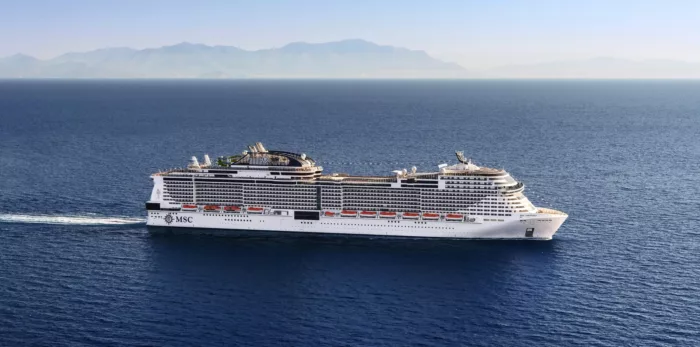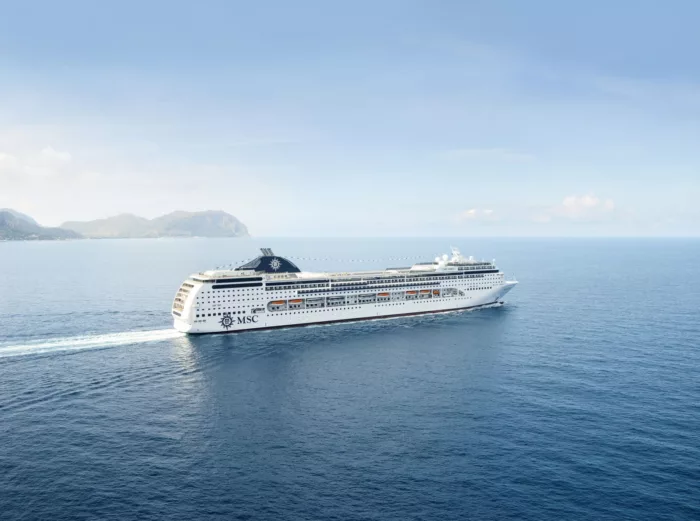
MSC Cruises
MSC Cruises may be headquartered in Switzerland, but the ambience onboard its 23 ships is very much Italian owing to its owners, the Aponte family.
Ships feature a two-storey Mediterranean-style promenade and Instagram-worthy glass staircases filled with Swarovski crystals.
The line’s flagship is the 6,327 passenger MSC Euribia, which is MSC's second ship to run on liquefied natural gas.
2658
Passengers
728
Crew
2004
Launched
2015
Last refit
65591t
Tonnage
275m
Length
32m
Width
20kts
Speed
9
Decks
EUR
Currency
Cruise Itinerary
Ship Details


MSC Cruises
MSC Opera
A refined style, precious materials and attention to detail make MSC Opera a cruise ship that really is something to sing about! She is built along more classic lines than her sisters in the Musica and Fantasia classes, making for a special atmosphere on board while enabling you to visit those destinations that are inaccessible to larger vessels.
Cabins
All Prices
















